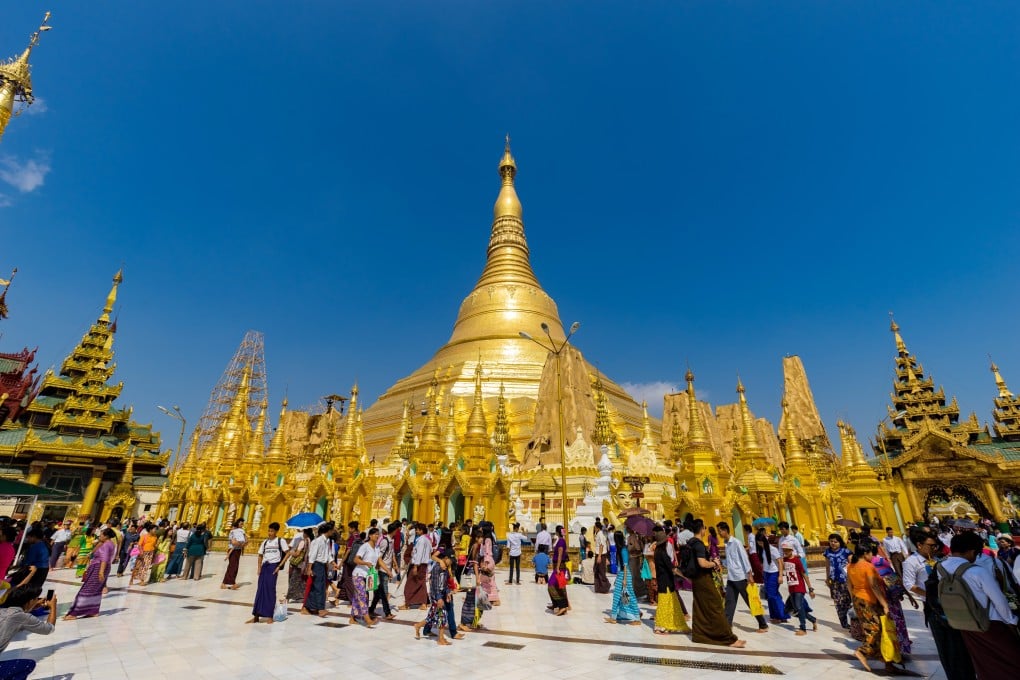Destinations known | Can Chinese tourists save Myanmar’s floundering travel industry?
- Western visitors are staying away from the Southeast Asian nation, prompting initiatives designed to appeal to Asian tourists
- An uptick in tourists from China has seen arrivals bounce back, bringing bad habits and zero-dollar tours

In the early 2010s, the Southeast Asian nation was a picture of wide-eyed optimism as travel writers evangelised about the “land that time forgot” and kyat-rich arrivals streamed in to experience it, bringing hopes that tourism might help boost a weak economy. For the first half of the decade, everything seemed to be going according to plan, as international visitor numbers surged from 792,000 in 2010 to 4.7 million in 2015, according to CEIC Data. Tourism revenue followed the same trajectory.
Then, in 2016, arrivals suddenly dropped to 2.9 million, a downturn of 38 per cent, amid political and economic concerns, as well as a lack of tourism management. The NLD had claimed a supermajority in the 2015 general election but the UN accused Myanmar’s troops of “ethnic cleansing”, as stories of gang rape, torture and murder – with the Rohingya as victims – began to emerge.
Arrivals have since crept back up in number, but they remain well below their peak and Western tourists are staying away.

In August last year, Suu Kyi addressed the National Tourism Industry Development Central Committee. Determined to convince her audience that a genocidal military campaign wasn’t to blame for the slump in sightseer numbers, she spoke instead of making visas easier and faster to obtain; of improving internal infrastructure; of catering to all budgets; of the implementation of Thai-style street-food stalls. The initiatives were aimed at attracting Asian adventurers and they appear to be working – well, kind of.
